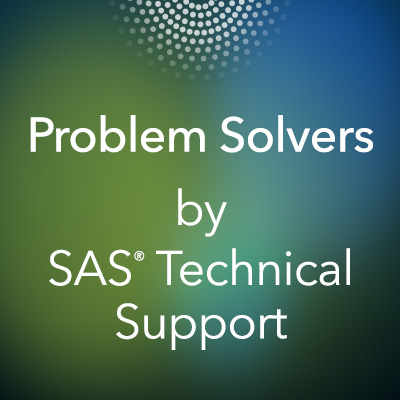Be a SAS Certified Professional with Clinical Domain training by Mentors of Epoch & Quartesian, also get 3 month paid internship on Clinical SAS.
As a clinical programmer, there are many paths to take. The main goal is always to access the data, manipulate and transform the data, analyze the data and report on the data. As a programmer, one can specialize in data management (DM) programming and spend a majority of the time cleaning the data through edit checks and the creation of patient
listings and profiles. Another task of the DM programmer is to transform the data from its raw format into a standard format. This standard format could be the CDISC Study Data Tabulation Model (SDTM) that is requested by regulatory agencies upon submission of a new compound or it could be a sponsor’s own standards. In the process of transforming the data, the DM programmer must make sure that the output conforms to the standard and is compliant as well as valid So another part of the job is to write programs to check the data against the standard and run the programs whenever a new study is about to be analyzed.
CDISC end-to-end !
SDTM defines a standard structure for study data tabulations.
ADaM specifies the fundamental principles for the creation of analysis datasets.
In order to increase the efficiency of the drug development process, the Clinical Data Interchange Standards Consortium (CDISC) has developed a series of clinical study data standards to facilitate efficient transfer, access and review of clinical trial data. These standards include the Operational Data Model (ODM), the Study Data Tabulation Model (SDTM) and the Analysis Data Model (ADaM). This paper presents basic strategies and practical methods for creating SDTM domain data sets from clinical data management (CDM) system files. Before initiating the data mapping and conversion process it is crucial to have a basic understanding of the SDTM specifications. CDISC provides implementation guides for all of the CDISC data standards on their Website (www.cdisc.org). The SDTM Implementation Guide(SDTMIG)is an essential tool for anyone involved with the metadata mapping or programming associated with the creation of SDTM data sets. The SDTM Implementation Guide contains the specifications and metadata for all of the SDTM data domains and guidance for producing SDTM domain files. The SDTM is an evolving standard and it is important to ensure that everyone involved in the conversion process is adhering to the same version of the SDTM. It is also important to understand the difference in the version numbers for the SDTM standard and the associated implementation guide.
The Analysis Data Model (ADaM) document specifies the fundamental principles and standards to follow in the creation of analysis datasets and associated metadata. Metadata are “data about the data” or “information about the data.” The Analysis Data Model supports efficient generation, replication, and review of analysis results.
Email us: info@epoch.co.in
SAS Training & Placement Programs with Internship*:
Epoch Research Institute India
Largest and Oldest SAS Training Institute
Epoch Research Institute Links:
Epoch | Facebook | Twitter | LinkedIn
Epoch Research Institute India Pvt. Ltd.
Ahmedabad | Bengaluru | Chennai
+91 79 40327000|+91 80 49077000|+91 44 42641500
SAS Training & Placement Programs with Internship*:
Epoch Research Institute India
Largest and Oldest SAS Training Institute
Epoch Research Institute Links:
Epoch | Facebook | Twitter | LinkedIn
Epoch Research Institute India Pvt. Ltd.
Ahmedabad | Bengaluru | Chennai
+91 79 40327000|+91 80 49077000|+91 44 42641500


No comments:
Post a Comment